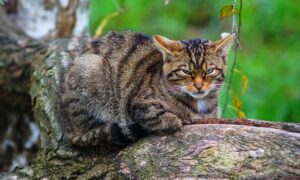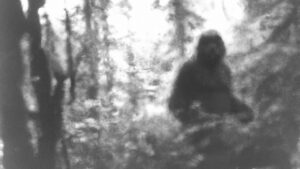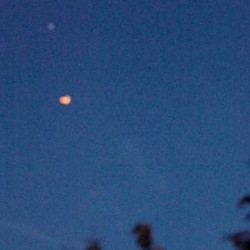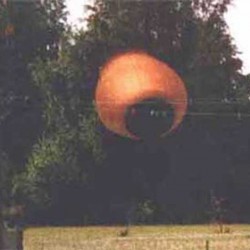Rare ocelot sighted in Southern Arizona’s Huachuca Mountains.
An ocelot, one of the rarest big cats on this side of the world, wandered near a home in Southern Arizona’s Huachuca Mountains Tuesday and sought temporary refuge in a tree to avoid a barking dog.
The cat was unhurt, said the Arizona Game and Fish Department reported, and finally climbed down from the tree after a state wildlife officer had it photographed and recorded the sighting. (The photo above is the actual ocelot, taken by photographer Tony Battiste.)
Tuesday’s sighting is significant because ocelots are almost never seen in Arizona. An ocelot was killed by a car near Globe last April, but questions arose about whether it was a cat kept captive by someone in the area.
The ocelot (Leopardus pardalis), also known as the Dwarf Leopard, McKenney’s Wildcat, Jaguatirica (in Brazil), Jaguarete (in Paraguay and Argentina), Tigrillo (in Ecuador, Colombia and Peru), Cunaguaro (in Venezuela), or Manigordo (in Costa Rica and Panama) is a wild cat distributed over South and Central America and Mexico, but has been reported as far north as Texas and in Trinidad, in the Caribbean. North of Mexico, it is found regularly only in the extreme southern part of Texas, although there are rare sightings in Southern Arizona.
The ocelot is similar in appearance to a domestic cat. Its fur resembles that of a Clouded Leopard or Jaguar and was once regarded as particularly valuable. As a result, hundreds of thousands of ocelots were once killed for their fur. The feline was classified a “vulnerable” endangered species from 1972 until 1996, but is now rated “least concern” by the 2008 IUCN Red List.














